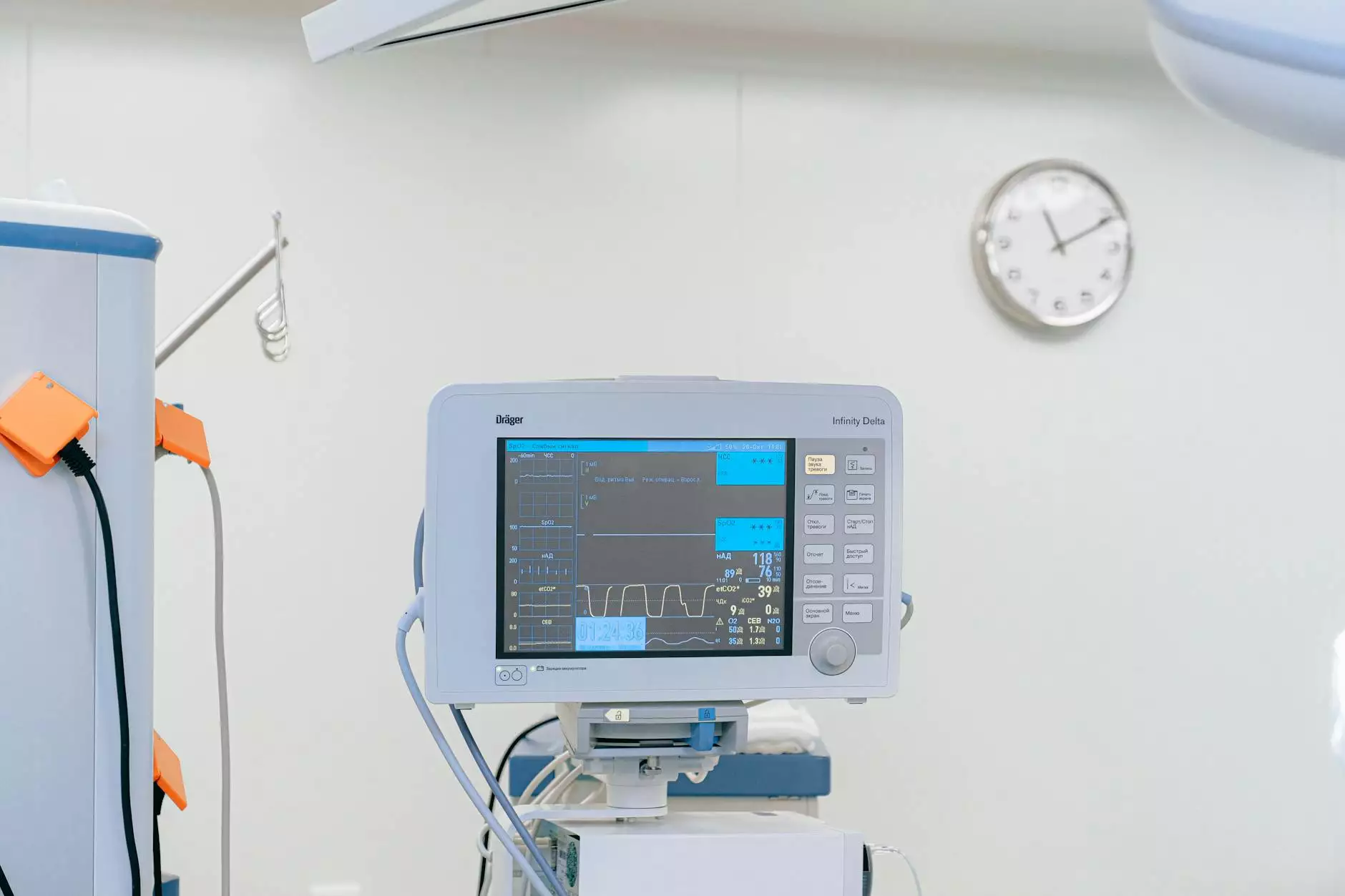Laparoscopic Salpingo-Oophorectomy: A Comprehensive Guide

Laparoscopic salpingo-oophorectomy is a minimally invasive surgical procedure used to remove one or both of the fallopian tubes and ovaries. This procedure is commonly performed for women experiencing various gynecological issues, including ovarian tumors, cysts, and other abnormalities. Understanding this procedure’s intricacies, benefits, and recovery process is crucial for patients seeking effective treatments. In this article, we will delve deep into every aspect of laparoscopic salpingo-oophorectomy, ensuring you are well-informed.
Understanding the Anatomy
The female reproductive system comprises several critical components, including the ovaries, fallopian tubes, uterus, and vagina. The ovaries produce eggs and hormones (like estrogen and progesterone), while the fallopian tubes transport the eggs from the ovaries to the uterus. Any abnormalities in these areas can lead to significant health concerns.
Indications for Laparoscopic Salpingo-Oophorectomy
There are numerous reasons why a physician may recommend a laparoscopic salpingo-oophorectomy. Some common indications include:
- Ovarian cysts: Fluid-filled sacs that may cause pain or discomfort.
- Ovarian tumors: Benign or malignant growths that require removal.
- Ectopic pregnancy: A pregnancy occurring outside the uterus, often in a fallopian tube.
- Endometriosis: A painful condition where the tissue lining the uterus grows outside of it.
- Pelvic inflammatory disease (PID): An infection of the reproductive organs which can lead to chronic pain.
The Laparoscopic Procedure Explained
The laparoscopic salpingo-oophorectomy procedure involves several steps:
1. Preparation
Before the surgery, patients undergo various preoperative assessments, including blood tests and imaging studies. The physician will provide instructions regarding medication and fasting.
2. Anesthesia
Patients will be given either general or regional anesthesia to ensure comfort during the procedure.
3. Surgical Process
During the surgery, the surgeon makes small incisions in the abdomen. A laparoscope, which is a thin tube with a camera, is inserted through one incision, allowing the surgeon to view the internal organs on a monitor. Surgical instruments are inserted through additional incisions. The surgeon carefully detaches the fallopian tubes and ovaries and removes them through the incisions.
4. Closing the Incisions
After removing the necessary tissues, the surgeon will close the incisions with sutures or surgical glue, and a bandage will be applied.
Benefits of Laparoscopic Salpingo-Oophorectomy
Choosing laparoscopic surgery over traditional open surgery presents several advantages:
- Minimally invasive: Smaller incisions lead to less pain and a reduced risk of infection.
- Shorter recovery time: Most patients can return to daily activities within one to two weeks.
- Less scarring: The small incisions result in minimal scarring compared to open surgery.
- Quick hospital stay: Often, patients can go home on the same day or after a short hospital stay.
Risks and Complications
While laparoscopic salpingo-oophorectomy is generally safe, some risks and complications can occur, such as:
- Infection: At the incision sites or internally.
- Bleeding: Excessive blood loss during or after the procedure.
- Damage to surrounding organs: In rare cases, nearby organs such as the bladder or intestines may be affected.
- Anesthesia complications: Reactions to anesthesia can occur.
Recovery After Laparoscopic Salpingo-Oophorectomy
Post-operative recovery is crucial for optimal healing. Some essential recovery tips include:
- Rest: Ensure plenty of rest for the first few days post-surgery.
- Pain management: Use prescribed pain medications as directed by your physician.
- Follow-up appointments: Attend all scheduled follow-ups to monitor recovery.
- Hydration and nutrition: Maintain a balanced diet and stay hydrated to support healing.
- Avoid strenuous activities: Steer clear of heavy lifting or vigorous exercise for at least a few weeks.
Long-Term Effects of Laparoscopic Salpingo-Oophorectomy
Patients undergoing a laparoscopic salpingo-oophorectomy will experience various long-term effects depending on whether one or both ovaries and fallopian tubes were removed. Some considerations include:
- Hormonal changes: Removal of the ovaries leads to an immediate drop in hormone levels, potentially resulting in menopause symptoms.
- Fertility: Removal of both ovaries will result in infertility, while the removal of one may allow for natural conception.
- Ongoing health screenings: Regular check-ups may be necessary to monitor for other gynecological issues.
Conclusion
In conclusion, laparoscopic salpingo-oophorectomy is a vital procedure that offers numerous benefits for women facing gynecological health issues. With its minimally invasive approach, patients often experience quicker recovery times and fewer complications than traditional surgical methods. However, it is imperative to consult with qualified health professionals, such as those at drseckin.com, to discuss any concerns and to determine the best treatment options tailored to individual needs.
Get in Touch with Experts
If you or someone you know is considering a laparoscopic salpingo-oophorectomy, do not hesitate to reach out to expert gynecologists from drseckin.com for a comprehensive consultation. Their experienced team is dedicated to providing tailored care that prioritizes your health and well-being.



